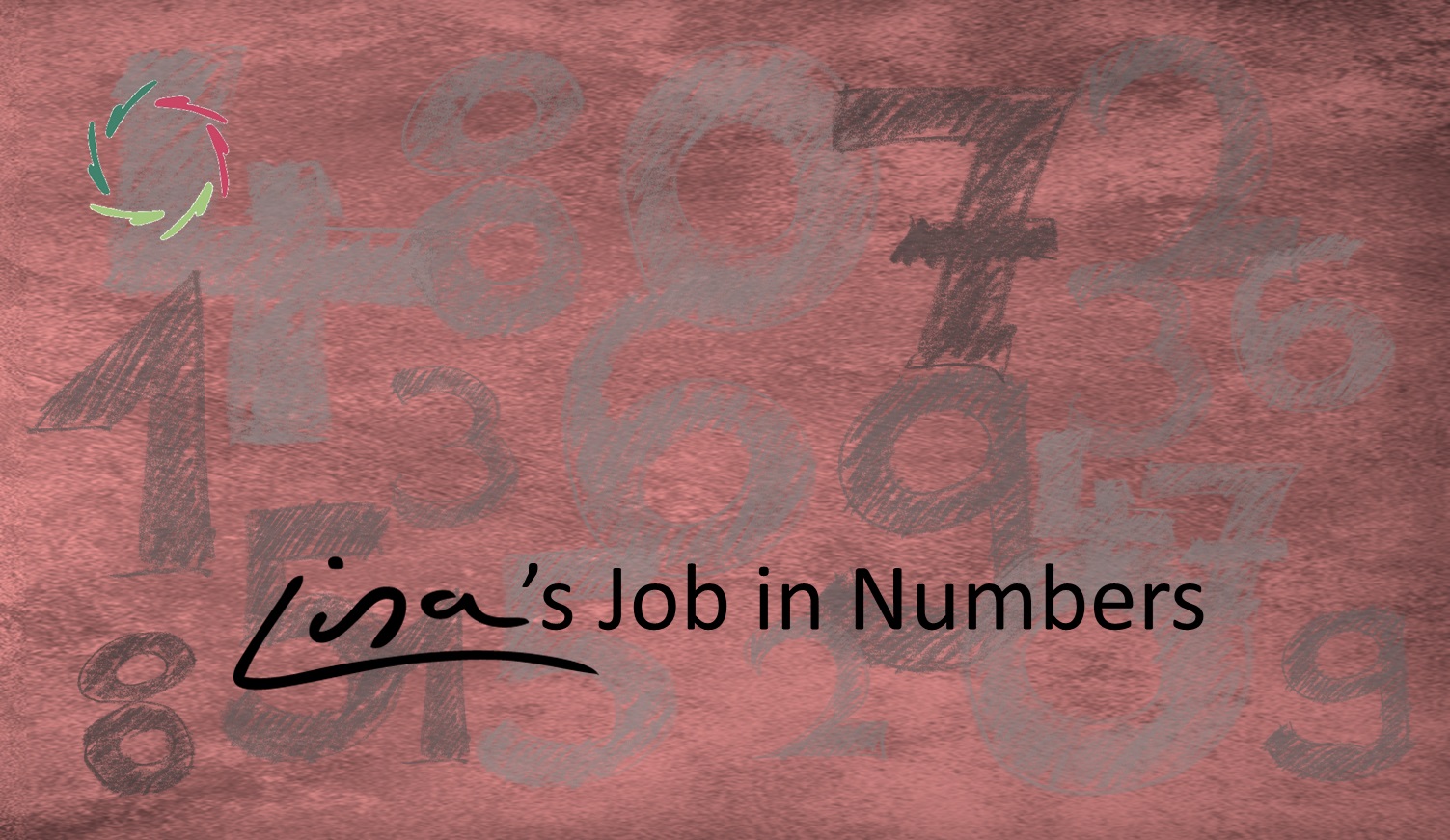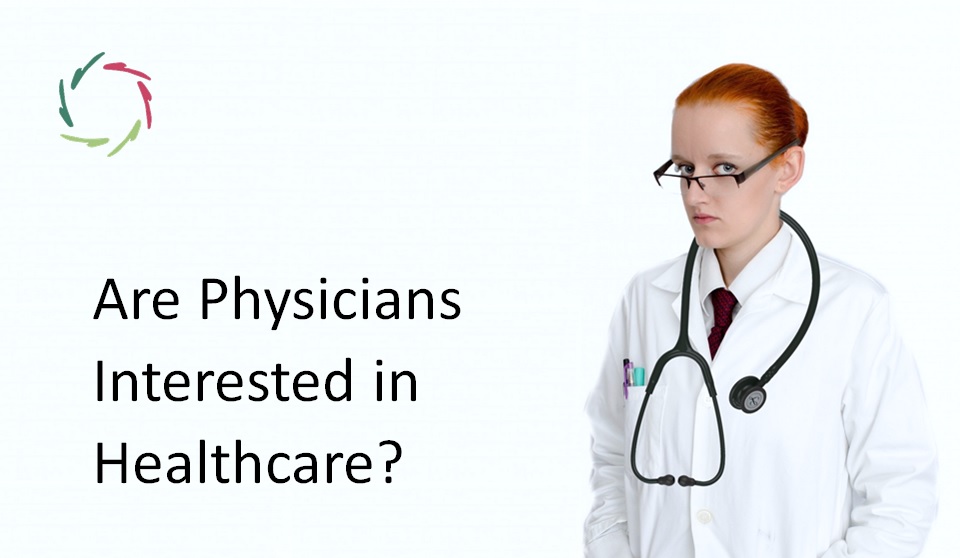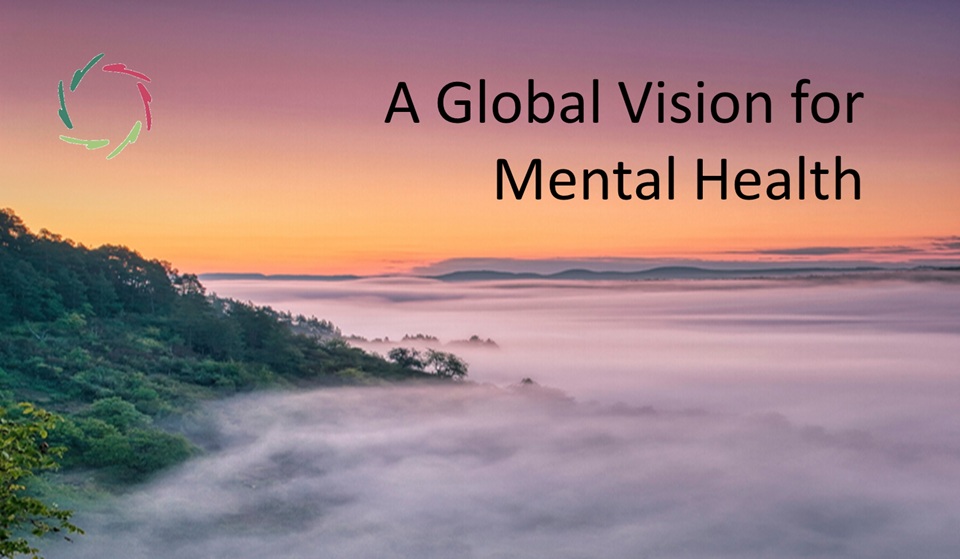Listen! The Symptom Speaks.

If so, then we can ask ourselves abstractly: What does it say?
The ‘deeper self‘ communicates through the symptom.
This becomes apparent when looking at mind-body connections and where these start in the brain/mind as neurocognitively explained. One way or another, embedded in the symptom is its deeper meaning. This tempts some to fill this in with something far too specific, a ‘meaning’ that one might look up in a deep-language/conceptual-language static dictionary as if one could make a table of it: A stands for X; B for Y; C for Z.
This shows an underlying mistake between an analogy (where this static translation would be possible) and a symbol.
A symptom is not an analogy but a symbol.
In order to frame this well, a somewhat esoteric-sounding explanation about form and content is first necessary.
Conceptual thinking (that of conceptual language) deals with forms.
Hence, it also has a strong attachment to material things; this is, to anything that can be grasped ― anything tangible either directly with the senses or with instruments in between (such as a microscope or telescope).
Conceptual thinking also feels well at home in the world of mental concepts (circumscribed units of thought with both sufficient and necessary characteristics). As such, however, these forms have no content. For example, a house has no meaning outside of the meaning one gives it.
Deep-self thinking (that of deep language) is concerned with content.
Hence, it has a strong adherence to symbolism.
Mental contents are deep meanings that motivate, providing the necessary energy to take action. “Human energy is deep motivation.” These contents, however, insofar as they are profound, have no form. They are ‘pure energy’. (Sounds pretty esoteric?) The profound meaning one can give to a house is intangible, hardly conceptualizable.
Pure contents are formless. Pure forms are meaningless. See: “The Water and the Jug.”
The connection between form and content is formed by a symbol (the symbolizing, the symbolized).
An analogy does not possess this possibility because it works horizontally.
A symbol works vertically, like an obelisk. Incidentally, this itself is also a beautiful symbol for the connection between heaven and earth― in translation: the subconceptual and the conceptual. Thus, it is itself a symbol for the ‘symbolic’, the ‘pillar of Hermes’ – hermetic – conceptually almost incomprehensible, yet with the aim to be as comprehensible as it gets.
To put it another way, an analogy ends immediately: A stands for X.
A symbol is a symbol of a symbol.
So, it never really ends. It starts with form and dissolves in pure content ― or vice versa, depending on how you look at it.
This can make it extremely powerful. A profound symbol is like a volcano: it brings the energy from below right into the material world.
Also a (psychosomatic) symptom-as-symbol.
One cannot give an analogical lookup-table explanation for a symptom. This doesn’t mean that it doesn’t ‘speak’ and that there is nothing to say about it. A symptom is indeed a communication from the deep. However, one should be cautious in giving this a concrete explanation. On the other hand, calling it all ‘stress’ is extremely vague and unhelpful. For this, one needs to delve deeper into its meaningful levels.
This cannot but naturally go in two directions. Thus, it is a superb opportunity to communicate with the deeper self via the symptom-as-symbol in the language of the deeper self.
Hence, the division of AurelisOnLine sessions is made according to symptoms.
This is the OPPOSITE of a superficial symptomatic ‘treatment’ of symptoms.
You might take a look at these sessions here. At the time of this writing, they are free to use.
Please be my guest.


